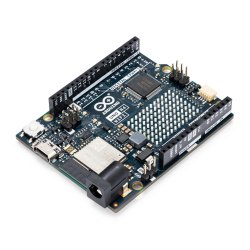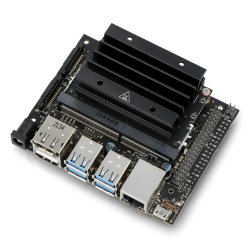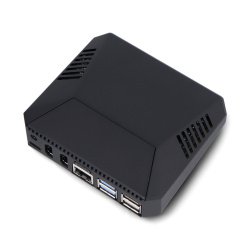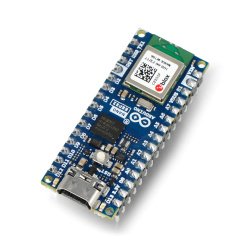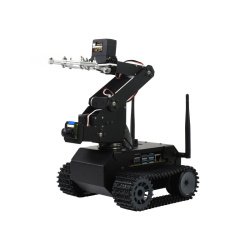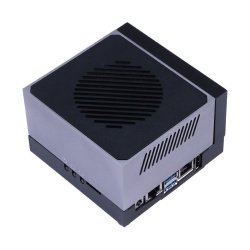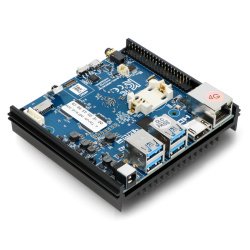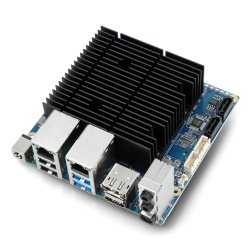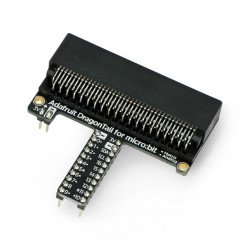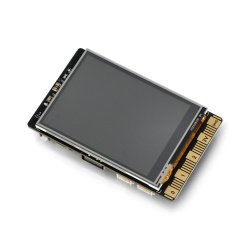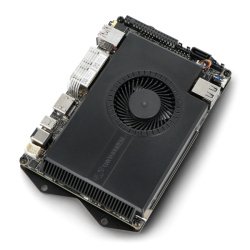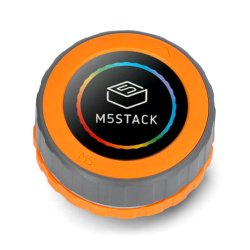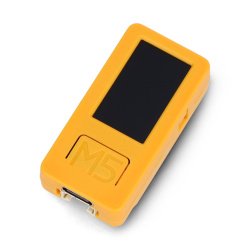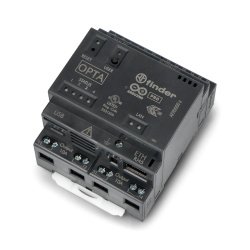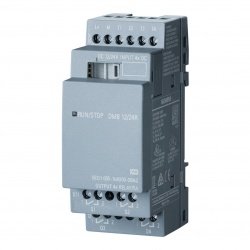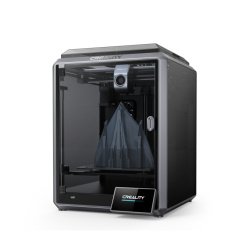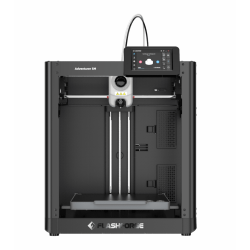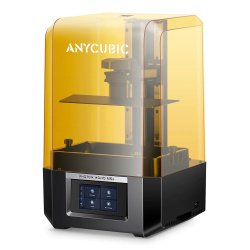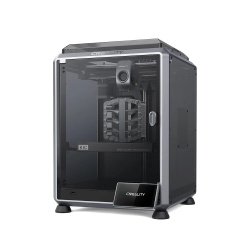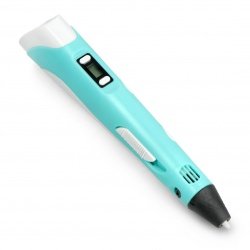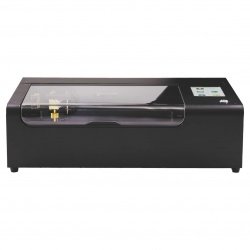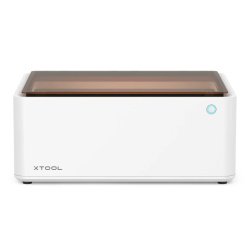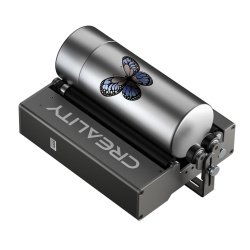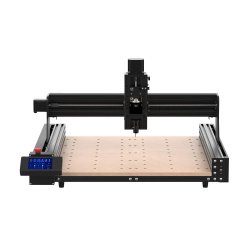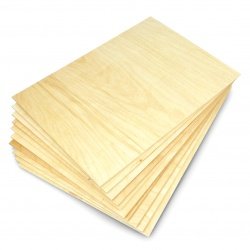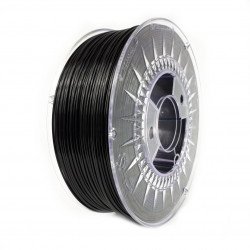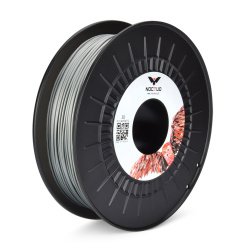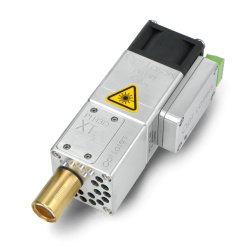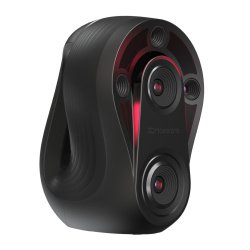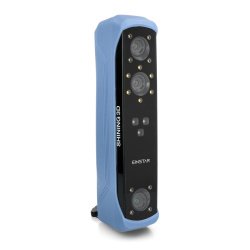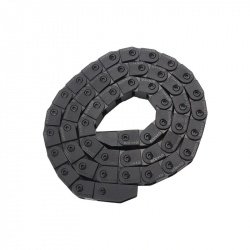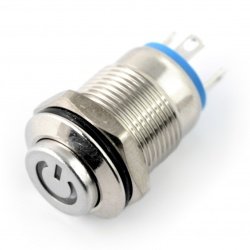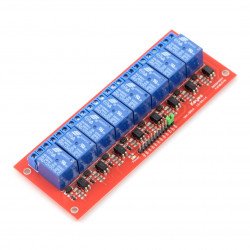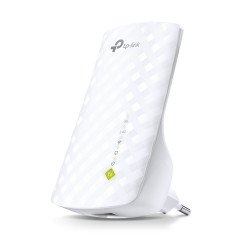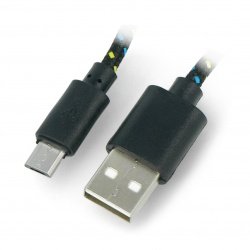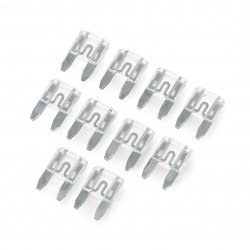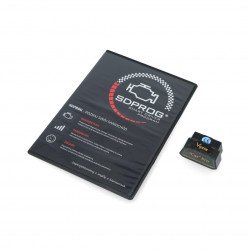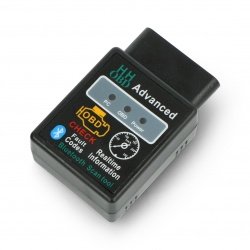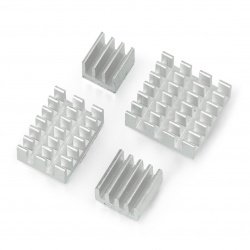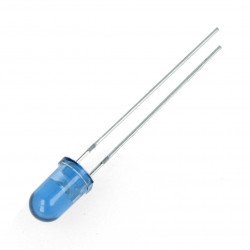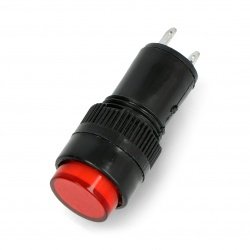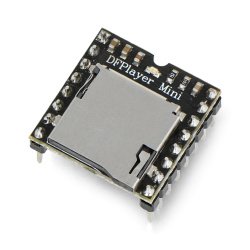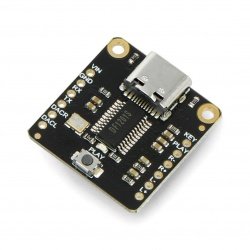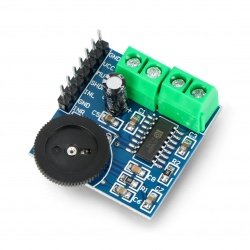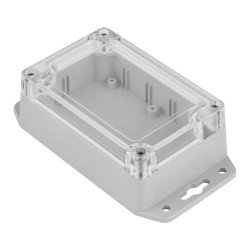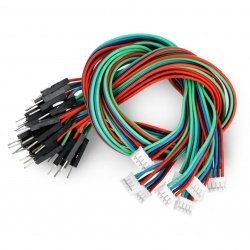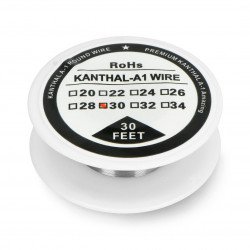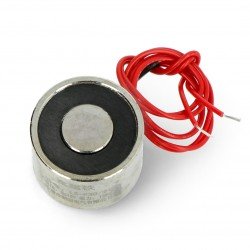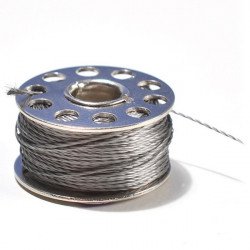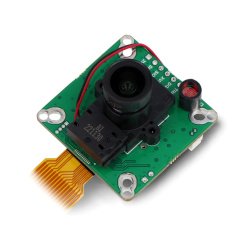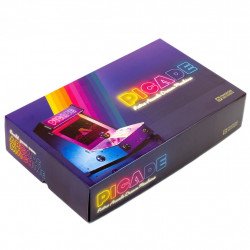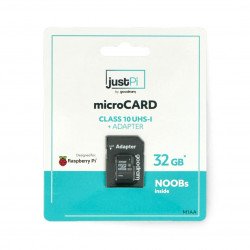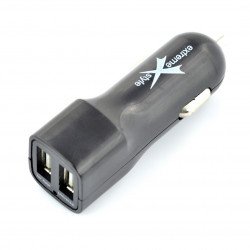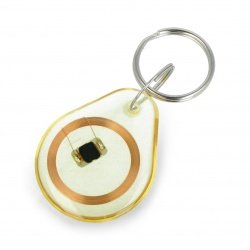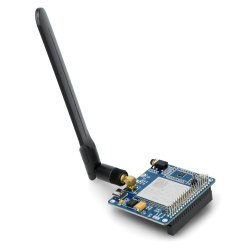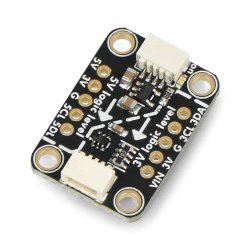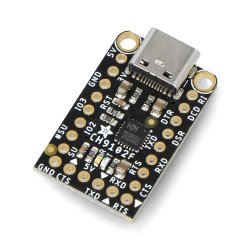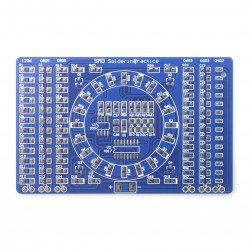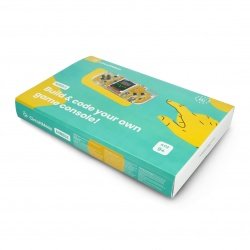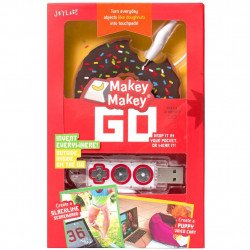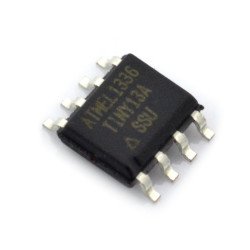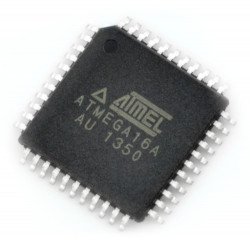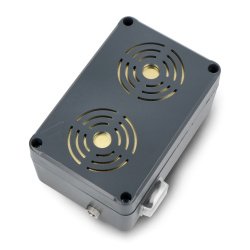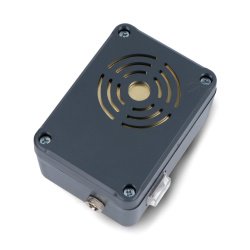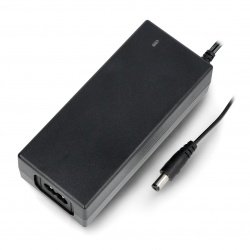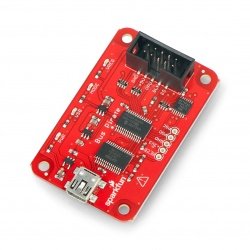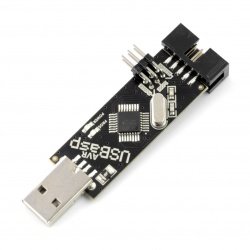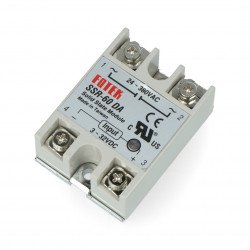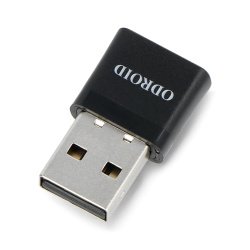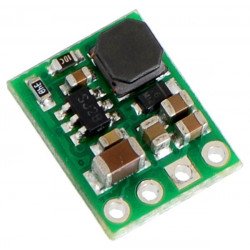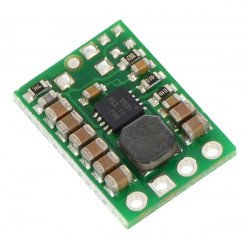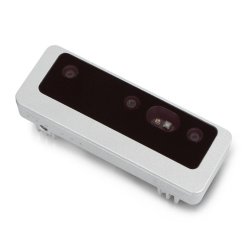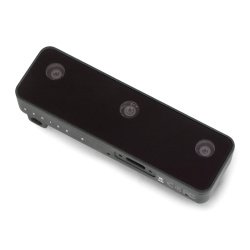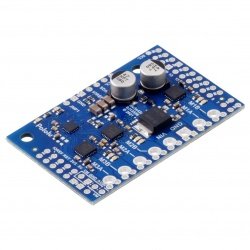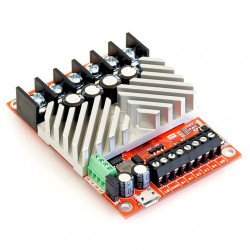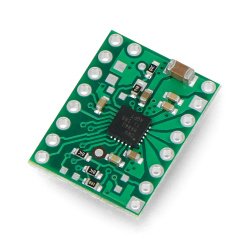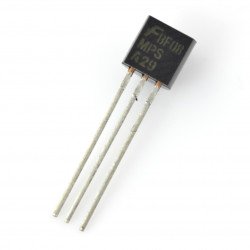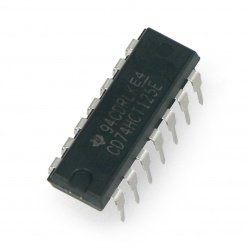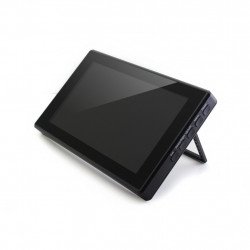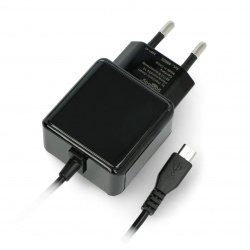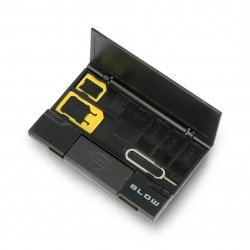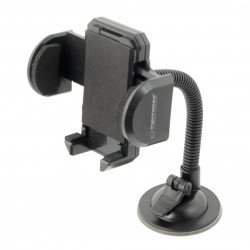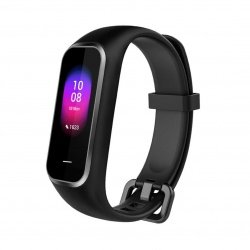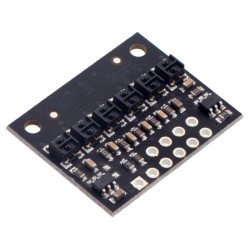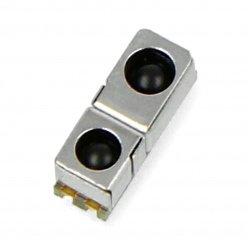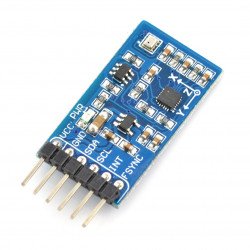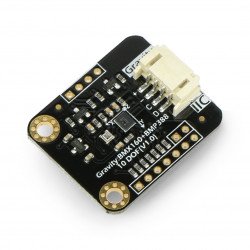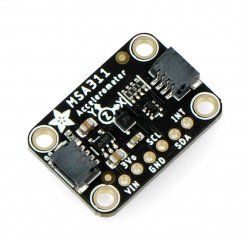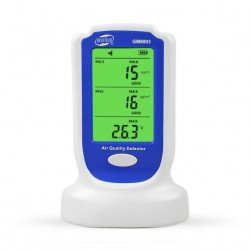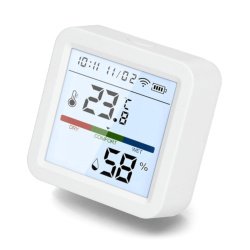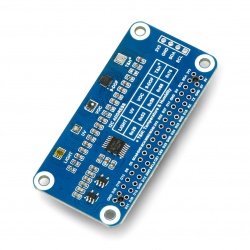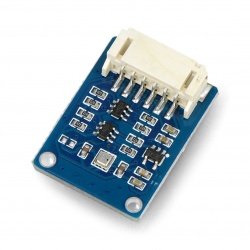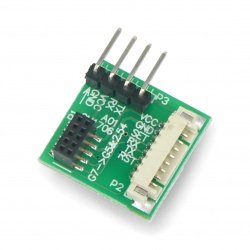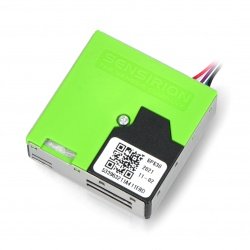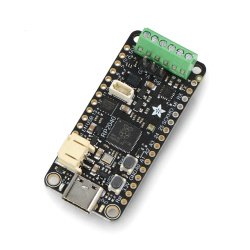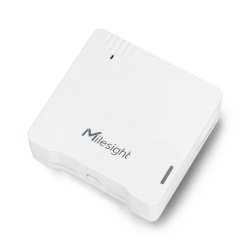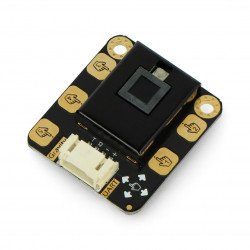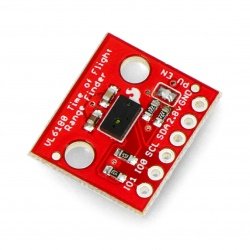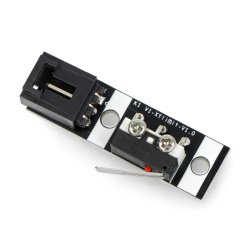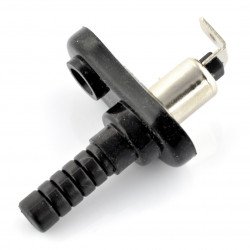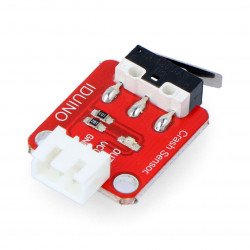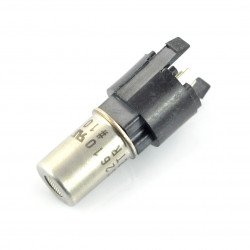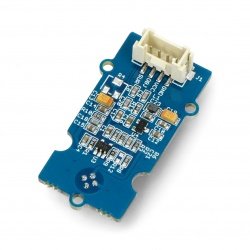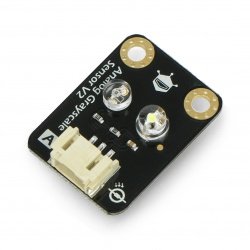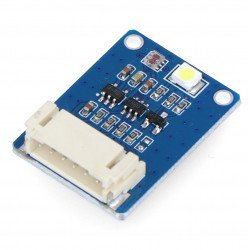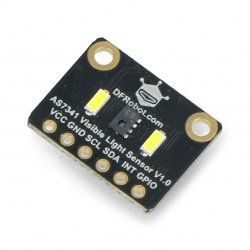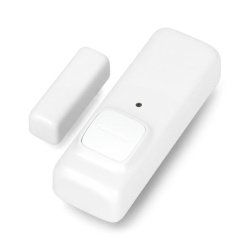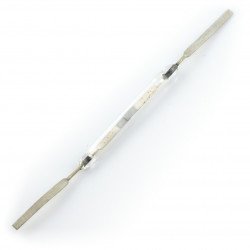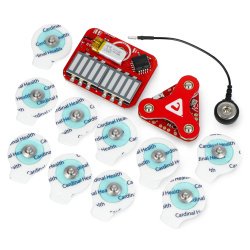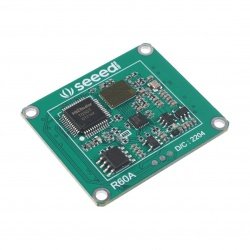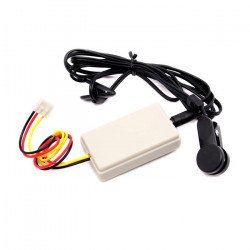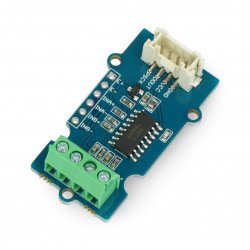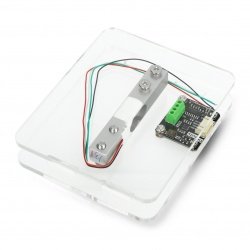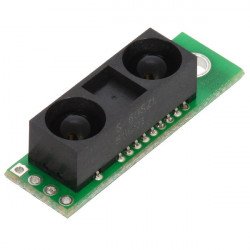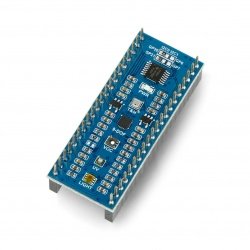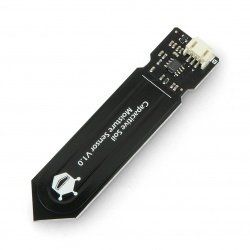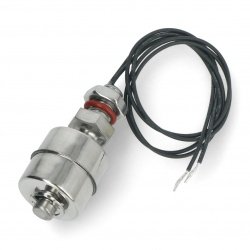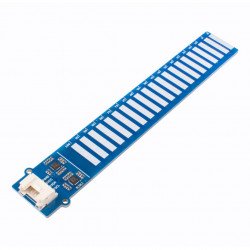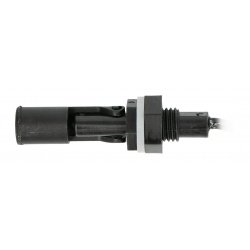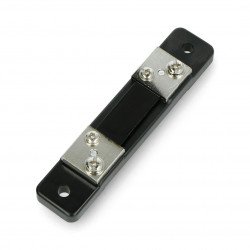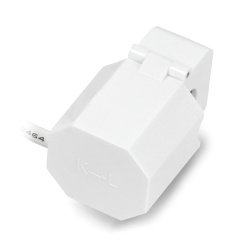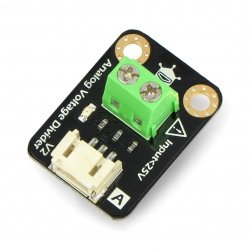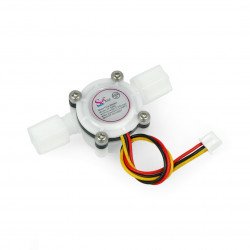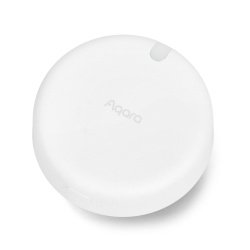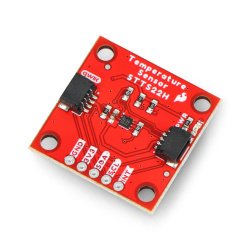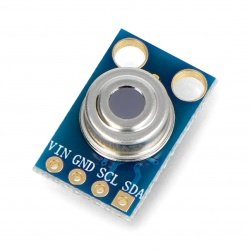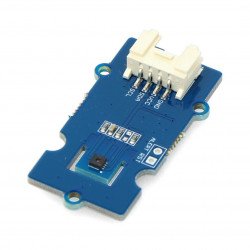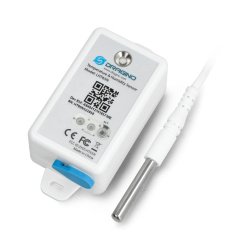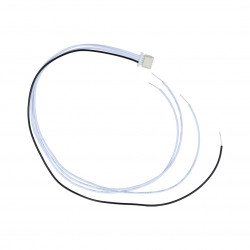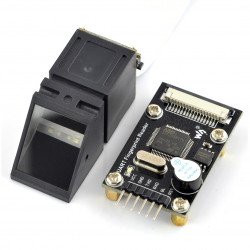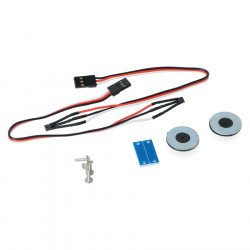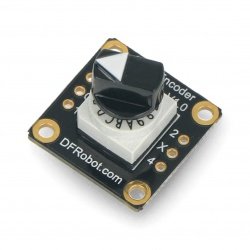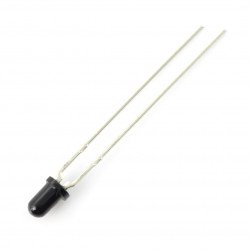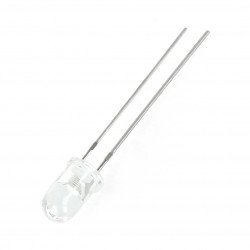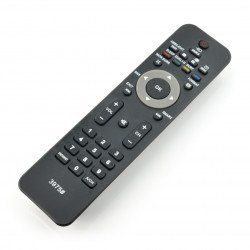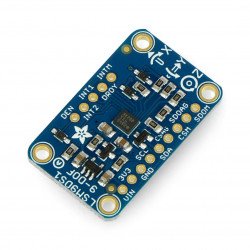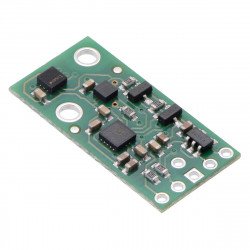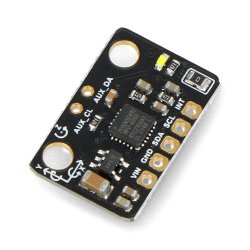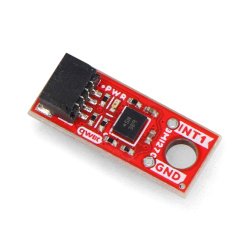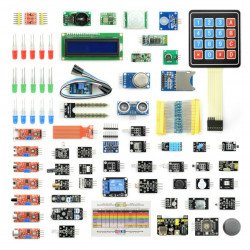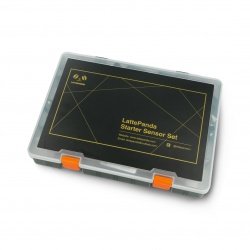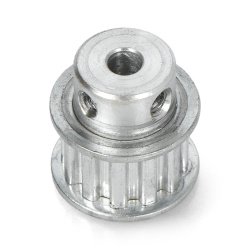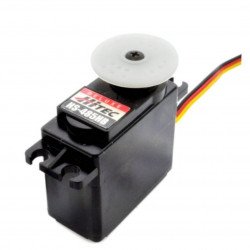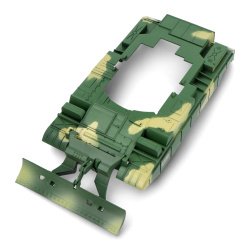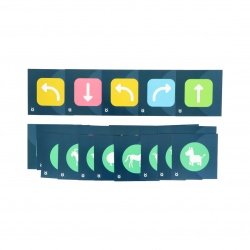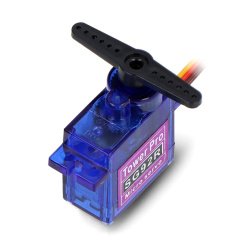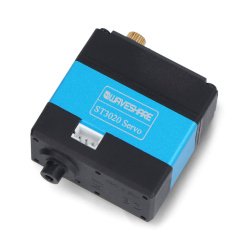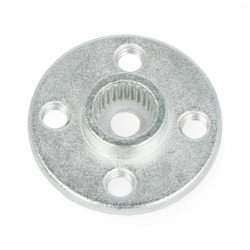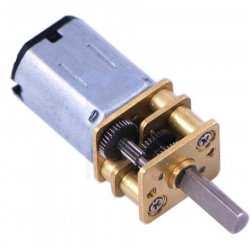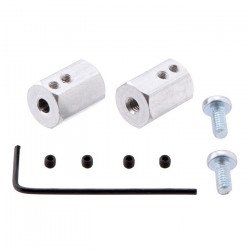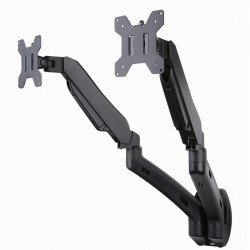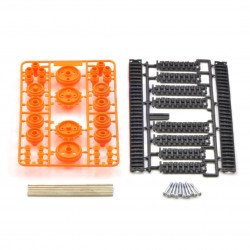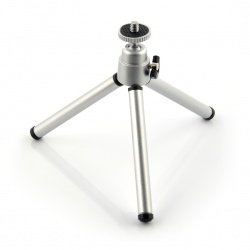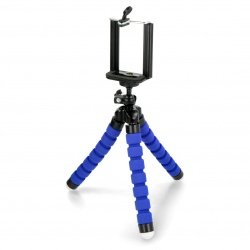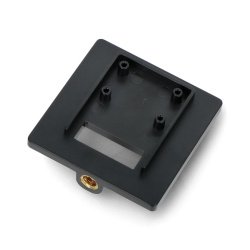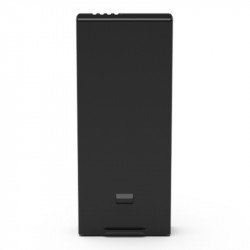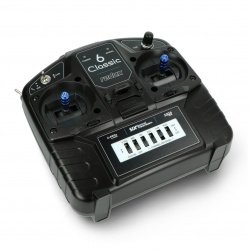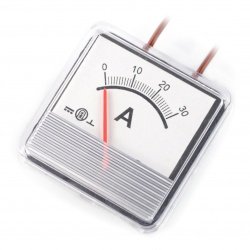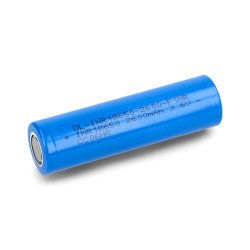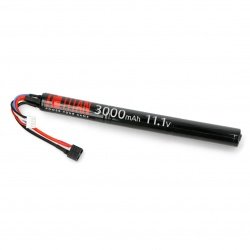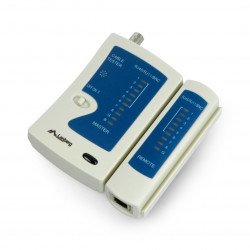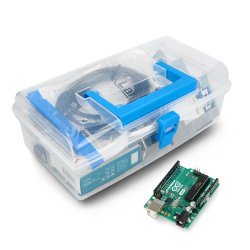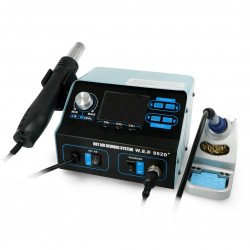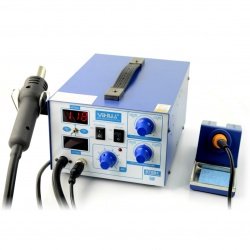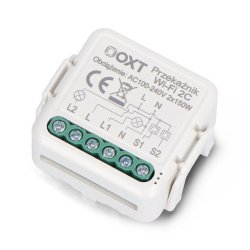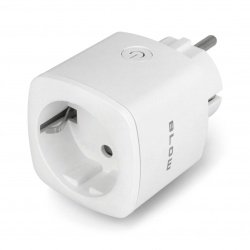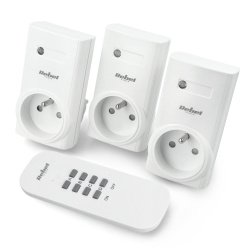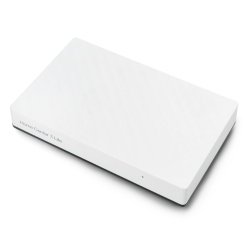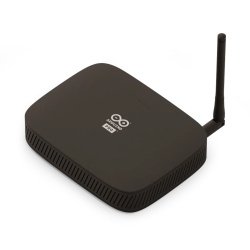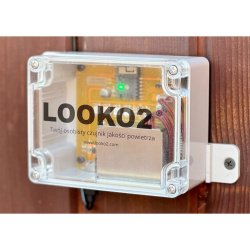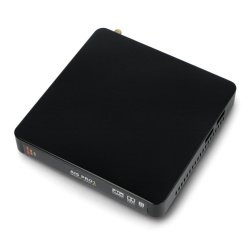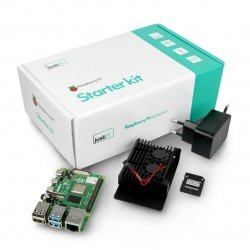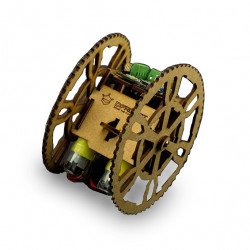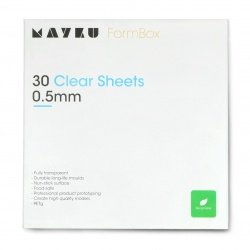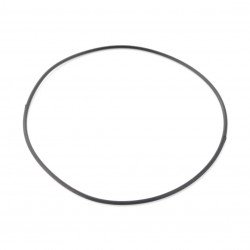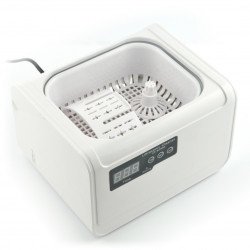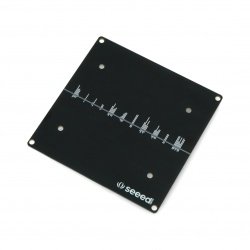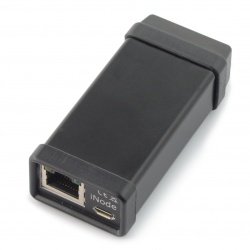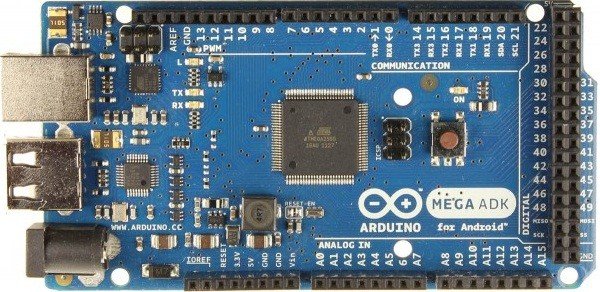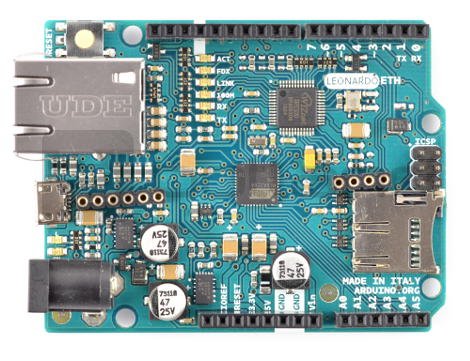-> Go to the store
Summary
1. What is Arduino?
Arduino is a platform for embedded systems, based mostly on 8-bit AVR family microcontrollers. The exception is Arduino Due using 32-bit ARM Cortex core. In other words, it is a printed circuit board with a microcontroller and its outputs capable of handling external devices such as sensors, motor controllers, displays, etc. Thanks to the goldpin leads, the modules can be connected via publicly available connection cables.
Most Arduino versions do not require any external programmer. It is enough to connect to the computer with miniUSB-USB cable.
One of the advantages of the platform is its own free environment with countless libraries, examples and tutorials to support various types of external devices.
2. who is the platform designed for?
Arduino is designed for both beginners and advanced electronic programmers.
A person beginning the adventure with this type of systems will save a lot of time and nerves when configuring programmers, checking connections, installing drivers. Not from today it is known that it is best to learn from examples. For Arduino there are plenty of them on the project website and on the Internet.
More advanced users will like numerous libraries, both the default ones (e.g. EEPROM, Ethernet, Display, Servo, SPI, TWI, WiFi) and files shared by manufacturers of electronic modules (e.g. our supplier Pololu).
Example:
Support for the popular 16x2 LCD display comes down to a few simple lines of code:
LiquidCrystal lcd(12, 11, 5, 4, 3, 2); // of the output initialization
lcd.begin(16, 2); // Specify the type of display 16 columns, 2 rows
lcd.print("Hello World"); // Text to be displayed
The full code displaying "Hello World" and the connection diagram of the display can be found on the page: Arduino.cc.
3. Which version to choose?
The choice of version depends on the purpose of the module. They are available in our shop:
Arduino Uno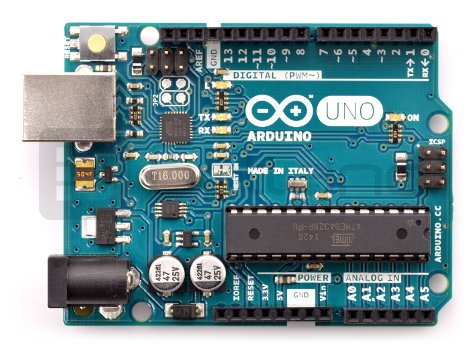
The simplest version of the module. We'll find it on the board:
- Atmega328 microcontroller (Flash 32kB, SRAM 2kB, 16MHz clock)
- 14 digital inputs/outputs - to which e.g. LEDs, buttons, displays etc. can be connected.
- 6 PWM outputs - used e.g. for motor speed control, servo position setting
- 6 analogue inputs - to handle all kinds of sensors, transmitters with analogue output
- Communication interfaces:
- UART - one of the easiest ways to exchange data with a PC
- I2C/TWI - support of sensors, time systems
- SPI - communication with fast transmitters or external memories
- Power supply: USB or external source (e.g. power supply)
Arduino Uno is a good choice for relatively simple, small projects. It can be successfully used for example for motor control, lighting controller with user interface, LCD display. We also recommend the module to users just entering the world of microcontrollers and embedded systems.
In our offer there is also Arduino Uno version available in a decorative box with mini poster.
Arduino Leonardo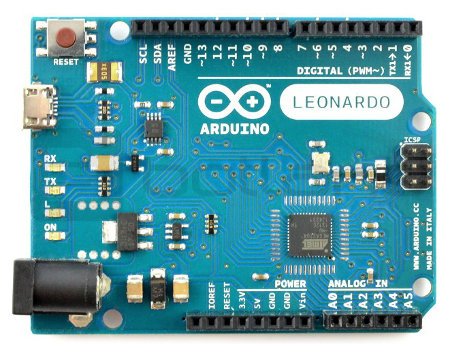
Another version we'll find on board:
- ATmega32u4 microcontroller (Flash 32kB, SRAM 2.5kB, 16MHz clocking)
- 20 digital inputs/outputs - which can be connected to e.g. LEDs, buttons, displays etc.
- 7 PWM outputs
- 12 analogue inputs - twice as many as the Uno version, this means that more sensors with analogue output can be connected
- Communication interfaces:
- UART - one of the easiest ways to exchange data with a PC
- I2C/TWI - support of sensors, time systems
- SPI - communication with fast transmitters or external memories
- USB - allows you to connect popular computer devices
- Power supply: USB or external source (e.g. power supply)
If our project is to use a device that connects through a USB interface, Arduino Leonardo will be the ideal choice. The chip has an integrated USB controller, which distinguishes it from the others.
The manufacturer provides also versions with "low profile". The board has no connectors, the user can solder them at his own discretion. All elements are in surface soldered housings. This option is useful when our project is to be carried out in a small space.
Arduino Mega 2560
The version designed for more extensive projects. It has 54 digital inputs/outputs, more memory and more communication interfaces than Arduino UNO and Leonardo. On the board are located:
- ATmega2560 from AVR family (Flash 256kB, SRAM 8kB, EEPROM 4kb clocking 16MHz)
- 54 general purpose digital inputs/outputs
- 14 PWM outputs
- 16 analogue inputs -
- Communication interfaces:
- 4 xUART - one of the easiest ways to exchange data with a PC
- I2C/TWI - support of sensors, time systems
- SPI - communication with fast transmitters or external memories
- Power supply: USB or external source (e.g. power supply)
The module is more expensive than previous versions, but it has more possibilities. The Atmega2560 microcontroller has rich peripherals and a large amount of memory. 256kB Flash - allows you to support extended code, 4kB EEPROM for writing a large amount of data.
Arduino Mega ADK
Besides the advantages of Arduino Mega, ADK is also able to connect to the Android system via USB interface controlled by MAX34210 chip. Module specification is similar to Arduino Mega:
- ATmega2560 from AVR family (Flash 256kB, SRAM 8kB, EEPROM 4kb clocking 16MHz)
- 54 general purpose digital inputs/outputs
- 14 PWM outputs
- 16 analogue inputs -
- Communication interfaces:
- 4 xUART - one of the easiest ways to exchange data with a PC
- I2C/TWI - support of sensors, time systems
- SPI - communication with fast transmitters or external memories
- Power supply: USB or external source (e.g. power supply)
ADK version is designed for projects that use communication with Android. Built-in USB controller also allows you to connect a camera, game controller or motion controller.
Arduino Leonardo Ethernet
The main advantage of the module is its easy connection to the network. The module has a network socket with an Ethernet controller. There is also a slot for microSD memory card on the board. The specification is similar to Arduino Leonardo:
- Atmega32u4 microcontroller (Flash 32kB, SRAM 2.5kB, 16MHz clock)
- 20 digital inputs/outputs - which can be connected to e.g. LEDs, buttons, displays etc.
- 7 PWM outputs - used e.g. for motor speed control, servo position setting
- 12 analogue inputs - to handle all kinds of sensors, transmitters with analogue output
- Communication interfaces:
- UART - one of the easiest ways to exchange data with a PC
- I2C/TWI - support of sensors, time systems
- SPI - communication with fast transmitters or external memories
- Power supply: external source (e.g. power supply)
The Ethernet version is designed for projects requiring a network connection. A convenience is also the integrated microSD card slot where more data can be stored than in the memory of the microcontroller itself.
Arduino Due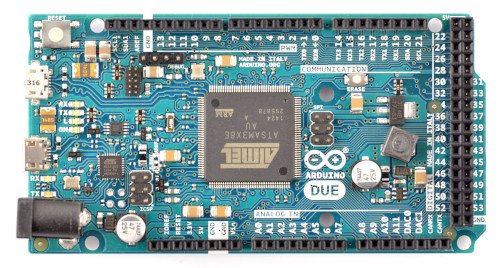
Thanks to Arduino Due the user can create microcontrollers with 32-bit Cortex M3 core from ARM based on Arduino libraries. The specification is as follows:
- Power supply voltage: 7V to 12V (recommended), 6V-20V (maximum)
- Microcontroller: AT91 SAM3X8E, core 32-bit ARM Cortex M3
- Maximum clock frequency: 84MHz
- SRAM: 96 kB Flash: 512 kB
- Pins I/O: 54 PWM channels: 12
- Number of analog inputs: 12 (A/C converter channels)
- D/A converter (digital/analogue)
- DMA Controller
- Serial interfaces: UART, SPI, I2C, CAN, USB
- JTAG Debugger
The board is dedicated for users who want to learn about the latest solutions in the world of microcontrollers. It has much more capabilities than versions based on AVR, rich peripherals including DAC.
In addition to the above mentioned Arduino provides also, among others
- ArduinoZero M0 Pro - 32 bit Cortex M0 - Atmel ATSAMD21G18 module with 32 bit microcontroller equipped with ARM Cortex M-0 core. It has 256 KB of flash memory, 32 KB of RAM, 14 digital inputs/outputs, 12 PWM channels, 6 analogue inputs and one output and popular communication interfaces. The module works with voltage of 3,3 V.
- Arduino Yún - WiFi - Connection of Arduino and Linux system. The module is based on the ATmega32u4 chip used in Leonardo, allows you to program and control the device wirelessly through the WiFi network and the appropriate library. There is also available version of Arduino Yun PoE - powered from Ethernet network.
- Arduino Micro - a miniature module based on Arduino Leonardo, is characterized by small size. It has AVR Atmega32U4 microcontroller. It is equipped with 20 digital inputs/outputs and popular communication interfaces.
4. examples of use
- Arduino and orientation in three-dimensional space.
An example of using a 3-axis gyroscope, accelerometer and magnetometer ( MinImu9 system) for orientation in 3D space.
- Arduino and LCD display.
Operation of LCD display with HD44780 controller by Arduino module.
- DC motor control with Arduino platform.
Example of operating modules (H-bridges) used to control direction and speed of DC motors.


